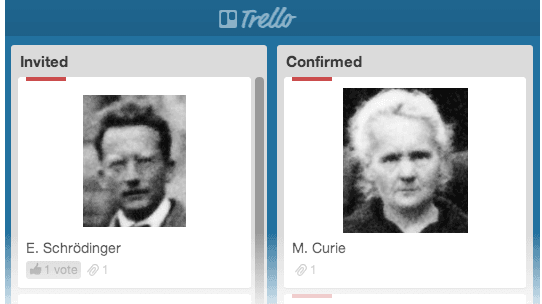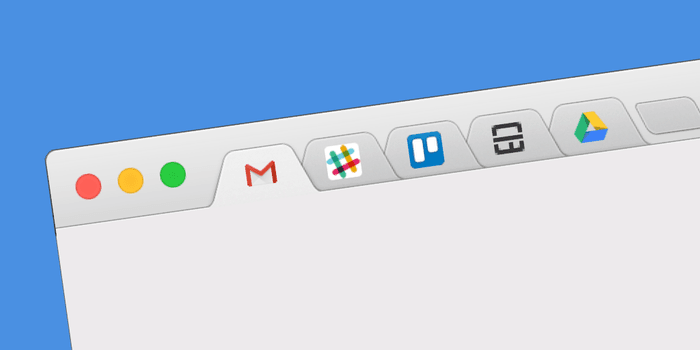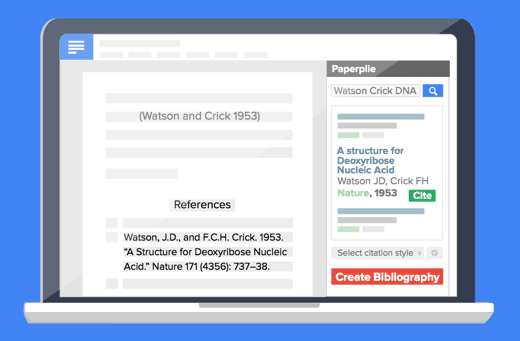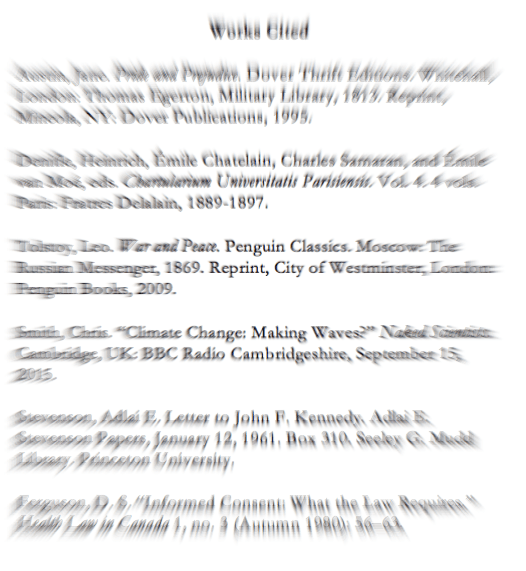Streak for Researchers: Fall Back in Love with Gmail

While many people have heard of Trello, nobody I know uses Streak. It’s pretty much uncharted territory in the academic community. This makes it the perfect tool for us to tackle in this third installment of our “Business Apps for Researchers” series.
Trello for Researchers: 3 Powerful Use Cases

Whenever people would ask me what I do for a living and I answered “I’m a biologist,” I always had the impression they had no idea what that actually meant. People assume you sit in the grass observing ants or read books in a quiet library all day.
The reality is quite different. Chances are you work on several projects at the same time, collaborate with people around the world, write papers and grant applications, and spend your days in meetings, giving presentations, or even managing a whole lab. Being a scientist is not different from any other highly demanding job that requires one to be productive and organized. Many software products have arisen to help fulfill this need, so there’s no shortage of project management, productivity and collaboration tools available.
However, it’s interesting to see that scientists rarely make use of these tools. Adapting your workflow to fit with some complicated piece of software is just too tedious. Even worse, convincing all your collaborators to change their workflows seems impossible. In the end, the technology of choice is e-mail, with endless conversations and documents being sent back and forth.
Trello is a refreshingly different tool. It’s flexible enough to do exactly what you want, and yet so simple that all of your collaborators will easily learn to use it well. It’s mainly used by businesses and software developers, but Trello works great for researchers too. Here are 3 Trello uses you shouldn’t miss: it can help you organize your next workshop, hire your next lab member and get your next collaborative project done on time.
Research Productivity: How Business Apps Make the Best Tools for Researchers

Our goal here at Paperpile is to increase productivity of researchers. We build software that makes it easier to organize and write academic papers.
We’ve often wondered what else we can do to help researchers work smarter and be more productive. The answer, we found, is surprisingly simple. It’s all about choosing the right tools. So today, we’re launching a 5-part blog post series introducing a hand-picked selection of productivity tools that all researchers need to know.
Chances are you already know some of these tools. Chances are also that you know somebody who knows none of them… So please share and help spread the word.
Google Docs ♥ Paperpile

It’s been nearly two years since we released the first public version of Paperpile, a reference manager built from scratch for the web. During this time, Paperpile has grown into a fully featured tool used by thousands of researchers every day to find, collect, manage, read, annotate, share and write papers, boosting their academic productivity.
Today, we’re delighted to announce the release of a free fully featured citation manager as a standalone product that works with Google Docs, enabling you to collaboratively write papers and grants. Now everyone can add citations and bibliographies to a Google Doc, no account or sign-up is required.
Add our citation app in one click from the Google Docs add-on store!
Writing a paper in Google Docs the Paperpile way works like this:
- Install the Google Docs add-on
- Invite your colleagues to your documents and ask them to install the add-on.
- Add citations, here’s our cheat sheet
Cite everything - with confidence

With Paperpile, citing journal articles and books has always been simple and straightforward. However, over time our support forum and inbox filled up with questions like: “How do I cite a medieval manuscript?” or “How do I cite an ISO standard?”.
We’ve updated Paperpile’s data model with two goals in mind: (i) remove any limitations and allow users with advanced requirements to correctly store and cite any research material they want and (ii) keep things simple and don’t introduce complexity for anyone else.
We also added support for citations in other languages than English. For example, a German student can write a Bachelor’s thesis in German and reformat citations and the bibliography with one click to submit it to an English language journal. Here are all the details.